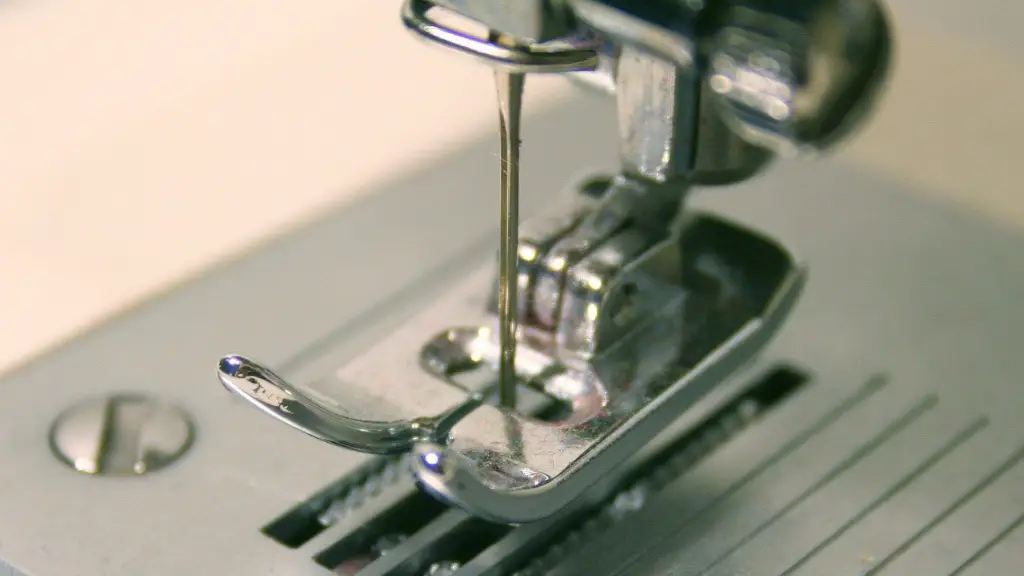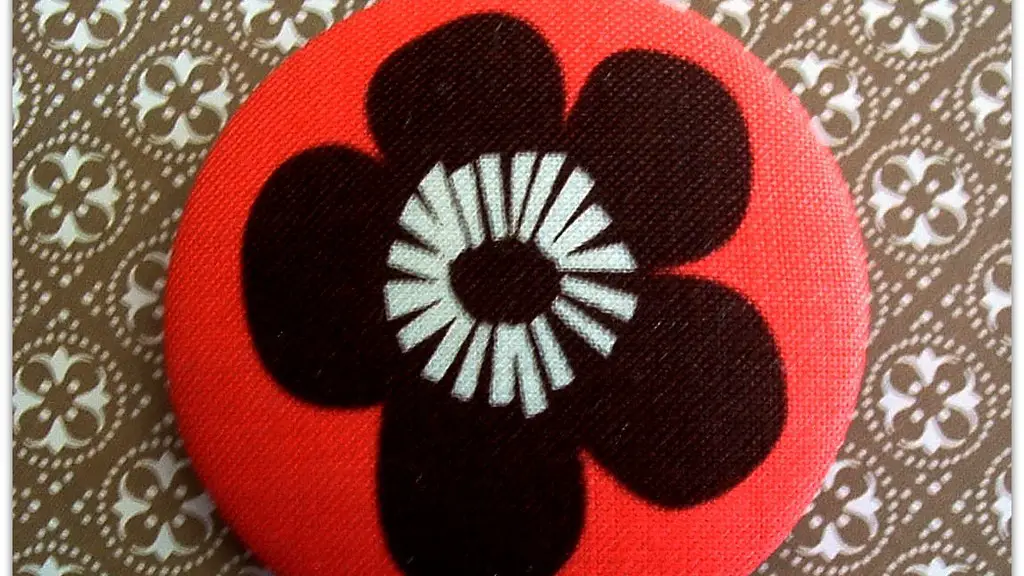For passionate quilters, finding the best quilting sewing machine can be a challenge. After all, everyone has a different idea about what constitutes a great machine for quilting. It’s important to take into account all the types of quilting you plan to do, and just like any other sewing project, there are certain features you should look for when searching for the perfect quilting sewing machine.
If you ask 10 quilters what the best quilting sewing machine is, you’re likely to get 10 different answers. For traditional quilters who do English paper piecing, for example, the best machine may be a vintage model, while quilters who need to quilt large quilts may look for a large throat space. To add to the complexity, some quilter may even want a machine that has both computerized components and mechanical settings.
In general, though, there are some essential features to look for when selecting the best quilting sewing machine. The primary consideration is the type of fabric you will be using for your projects. A machine with a larger throat space, for example, is ideal for sewing large quilts. Another feature to consider is the speed of the machine, which could vary greatly depending on the type of quilting you’re doing. And finally, a good machine should have adjustable settings that let you customize the stitch speed, pressure, and tension.
For free-motion quilting, an adjustable throat plate is a must-have. The throat plate creates a flat surface for the fabric to lay, helping to improve the overall stitch quality. However, many quilting experts argue that a drop-feed mechanism is the most important feature of a good quilting sewing machine. A drop-feed allows you to drop the feed dogs, freeing up the fabric to move freely. This is essential for quilting designs that involve circular or curvy lines.
In terms of brands, Brother, Pfaff, and Janome tend to be the top picks for quilters. Brother, for example, is known for making machines specifically for quilters. They have models that are both computerized and mechanical, and are within any budget. Meanwhile, Pfaff and Janome are more focused on the mechanical side of quilting, with adjustable settings and a larger throat space. But no matter which brand you choose, the most important thing is that it fits your budget and meets your quilting needs.
Of course, the best way to figure out which machine is right for you is to try it out. There are a few ways to do this. If you know a quilter who has a sewing machine similar to the one you’re considering, ask if you can try it out. Or, if that’s not an option, head to a fabric store to test out different machines. Most stores will have the models you’re interested in already set up, so you can get a feel for what each model can do.
In the end, the best quilting sewing machine comes down to personal preference. Every quilter is different, so the machine that works for one quilter may not be the perfect fit for another. As long as the machine you choose has the features you need, you can’t go wrong.
Noise level
Another important consideration when shopping for the best quilting sewing machine is the noise level. If you plan to quilt in the same room where other people are living, you don’t want to be heard. Look for a low-noise machine that won’t disrupt your household—many models come with a noise-reduction feature.
Noise level isn’t the only factor to consider when thinking about your comfort. You should also think about the machine’s weight, how easy it is to transport, and how easy it is to set up and take apart. If you know you’ll be taking your machine to different classes or workshops, make sure to find a lightweight model that can quickly be taken apart.
Another thing to keep in mind is the machine’s accessories. If you plan to do a lot of quilting, you may need to purchase a variety of tools, such as a rotary cutter, scissors, rulers, and thread spools. You’ll want to make sure that all the tools and accessories are compatible with your machine.
Finally, consider the cost of the machine. You don’t have to spend a fortune to find a good quilting machine, but you may want to look for one with added features like an automatic threader or needle threader. These extras may cost a bit more, but could make your quilting process much easier.
Feed Dogs Settings
The feed dogs on a quilting sewing machine are responsible for keeping the fabric from bunching up in the throat space, so it’s essential to have them adjusted correctly. If the feed dogs are set too low, the fabric may not move properly, resulting in uneven stitches. On the other hand, if the feed dogs are set too high, the fabric may move too quickly.
The best way to adjust feed dogs is to refer to the user manual of your machine. The manual should provide detailed instructions on how to properly adjust the feed dogs. Most machines will have a knob or switch that can be used to adjust the height, but you may also need to adjust the needle position. Also, keep in mind that different weights of fabric require different settings.
Once the feed dogs are set correctly, your machine will be ready for quilting. Make sure to test a few lines of stitches before starting a project—this will help you check for any problems with the machine’s settings.
Sewing Speed and Stitch Length
The speed and stitch length of your quilting machine should also be taken into consideration when deciding which one is best for you. A faster machine may be better for more experienced quilters, while a slower setting may be more suitable for beginners. Also, you should look for a machine with an adjustable stitch length—this feature allows you to customize the size of the stitch for each project.
You should also consider the type of needle used. Every machine will require a certain type of needle, depending on the type of fabric you’re quilting. If you plan to quilt with heavier fabrics, you may need to invest in a stronger needle. Additionally, some machines also have needle positions that can be adjusted to make it easier to do free-motion quilting.
Maintenance
One of the most important things to consider when shopping for the best quilting sewing machine is maintenance. All machines require regular maintenance, so make sure you’re familiar with what your machine needs. If you’re planning to use the machine frequently, you should find one that is durable and easy to maintain.
Most machines will also come with a warranty that covers any repairs or maintenance needs. This is an important factor to consider when deciding which machine is best for you. Finally, it’s important to choose a machine that has a good customer service department. This can help you in the event that you need a repair or you have any questions about the machine’s features.
Customer Reviews
It’s always a good idea to read customer reviews before purchasing a machine. Reviews can provide an unbiased opinion from existing customers about the quality and performance of the machine. Pay attention to any recurring issues that customers mention, as well as the pros and cons of owning the machine.
For exceptional customer service, look for a machine that comes with a toll-free number where you can speak directly to an expert. This person should be knowledgeable about the machine and be able to answer any questions you may have. Also, look for brands that offer online tutorials or instructional videos that can help you familiarize yourself with the machine.
Once you decide on a machine, make sure that you have the correct accessories before you start quilting. Quilting requires a special set of supplies, including templates, rulers, rotary cutters, and thread. Having the right supplies is essential to quilting successfully.





